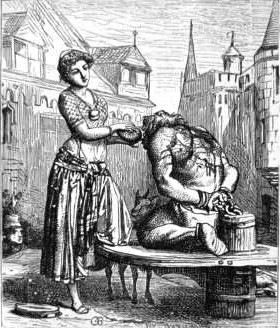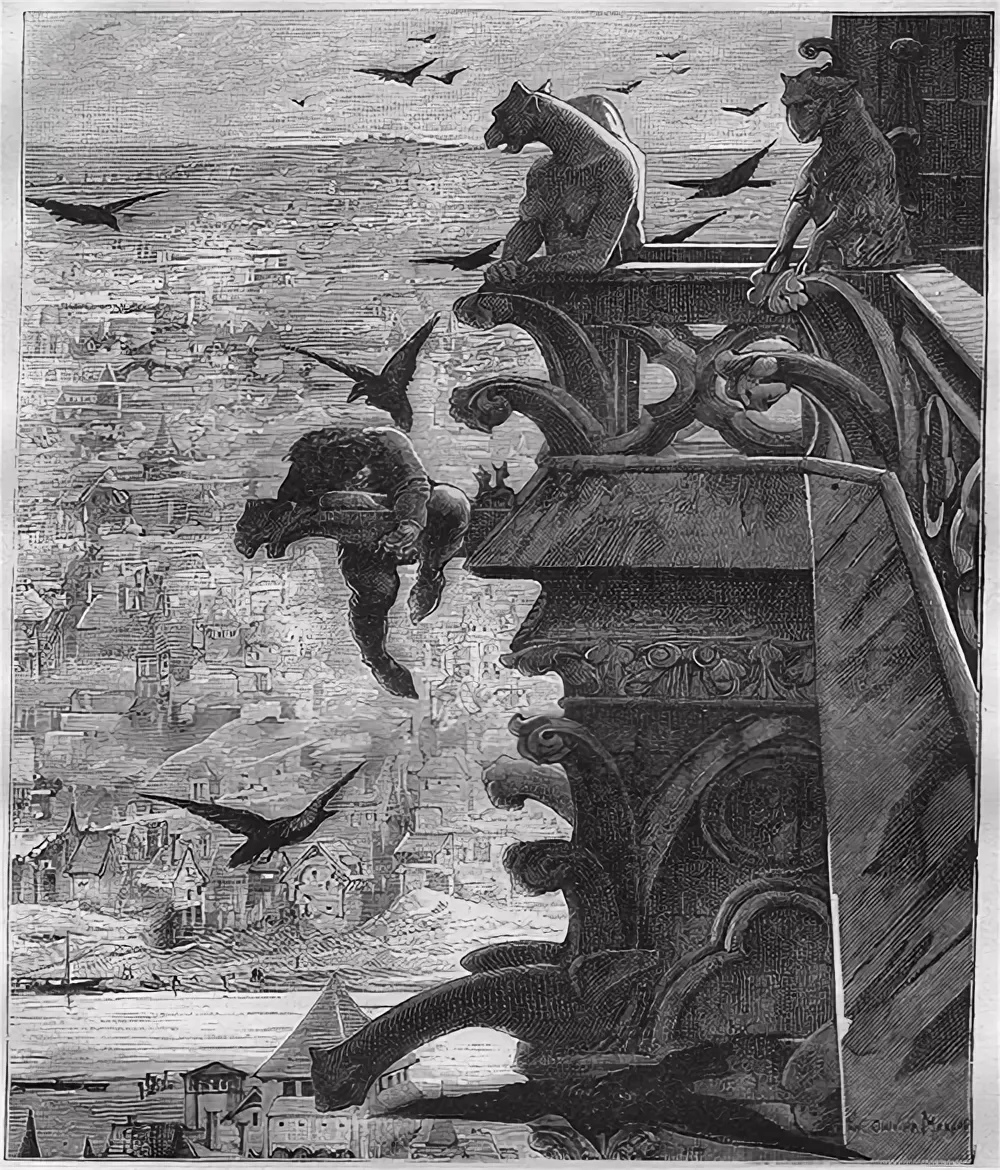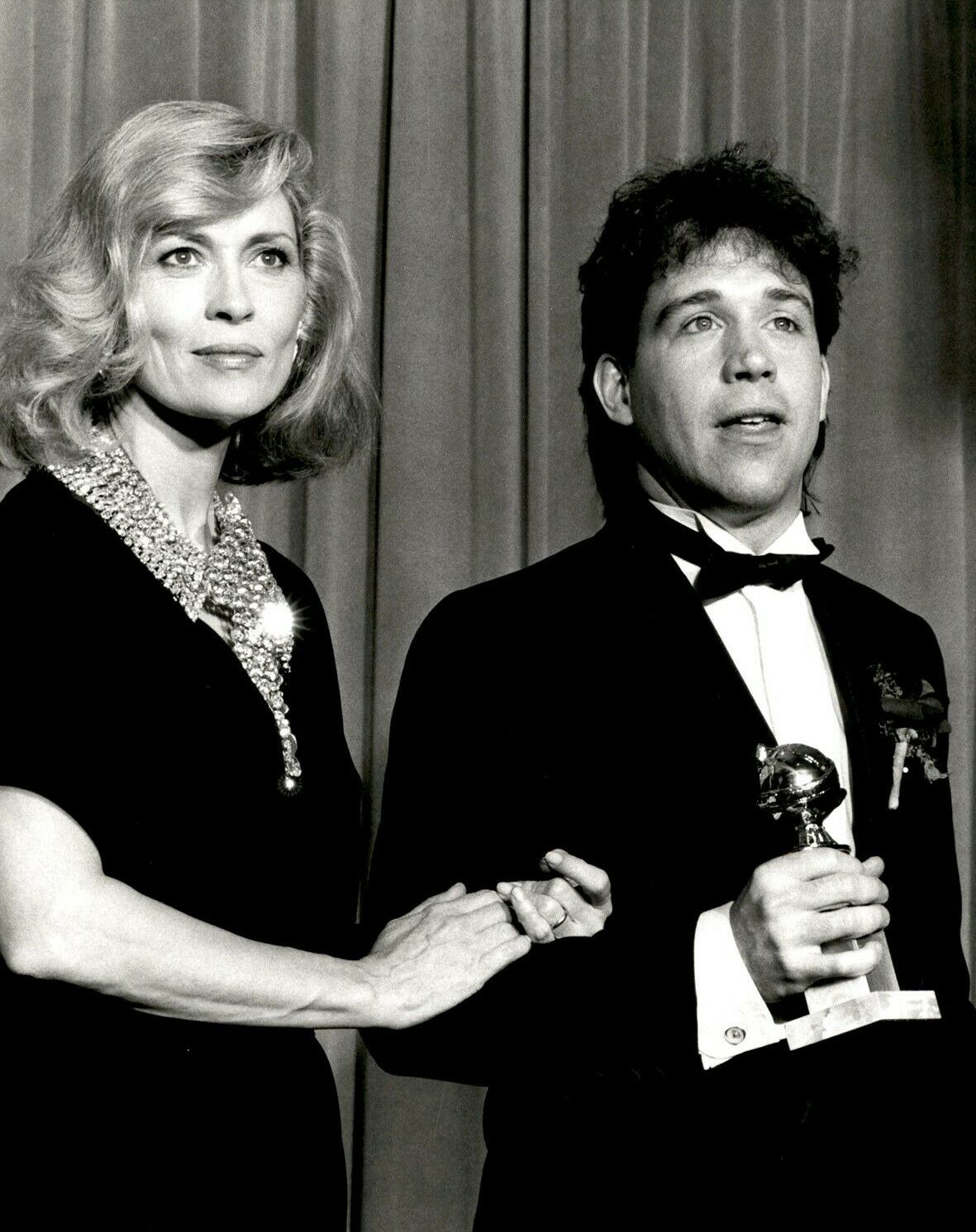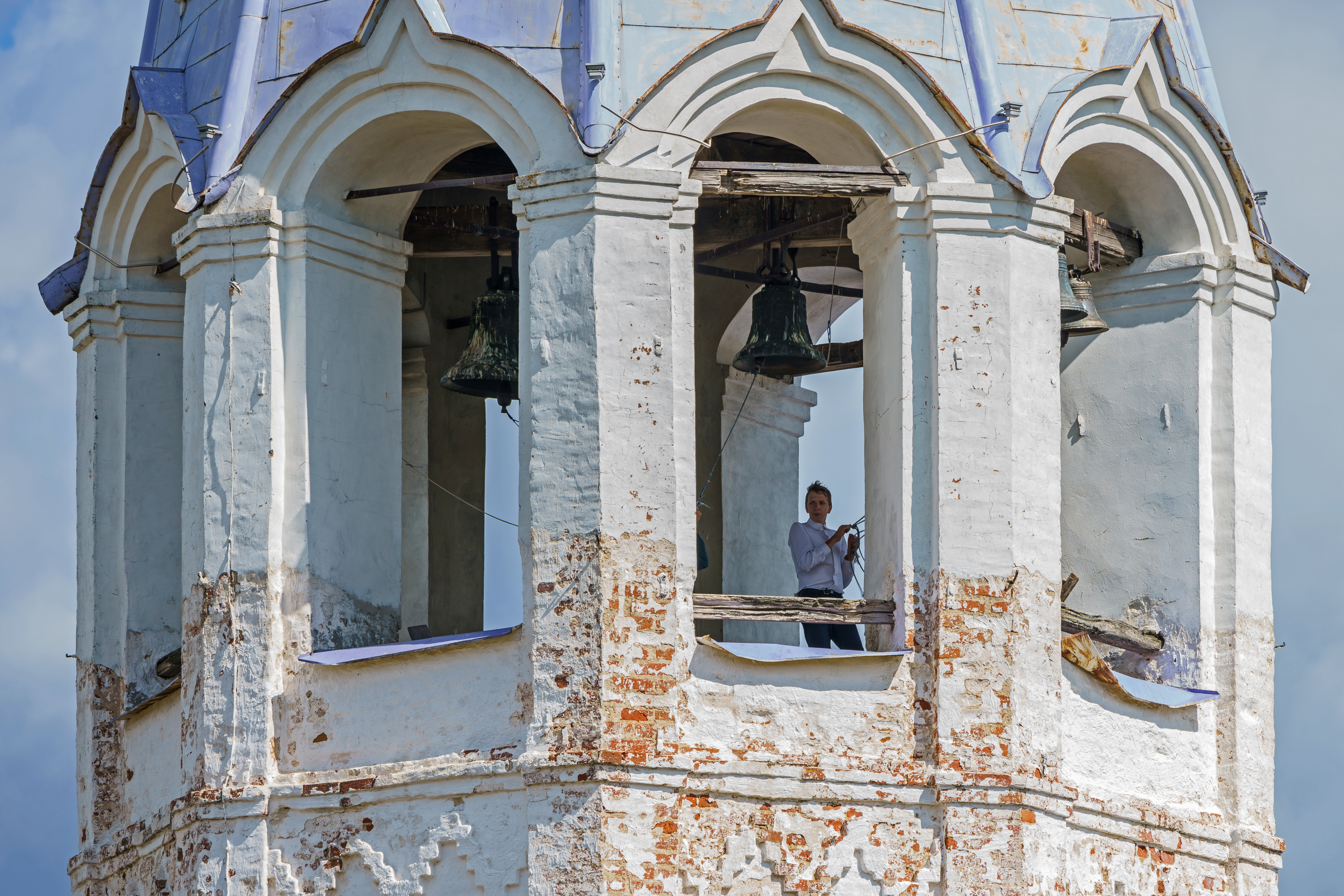|
Quasimodo
Quasimodo (from Quasimodo Sunday) is a fictional character and the main protagonist of the novel ''The Hunchback of Notre-Dame'' (1831) by Victor Hugo. Quasimodo was born with a hunchback and feared by the townspeople as a sort of monster, but he finds sanctuary in an unlikely love that is fulfilled only in death. The role of Quasimodo has been played by many actors in film and stage adaptations, including Lon Chaney (1923), Charles Laughton (1939), Anthony Quinn (1956), and Anthony Hopkins (1982) as well as Tom Hulce in the 1996 Disney animated adaptation, and most recently Angelo Del Vecchio in the Notre Dame de Paris revival. In 2010, a British researcher found evidence suggesting there was a real-life hunchbacked stone carver who worked at Notre Dame during the same period Victor Hugo was writing the novel and they may have even known each other. In the novel The deformed Quasimodo is described as "hideous" and a "creation of the devil". He was born with a severe hunchba ... [...More Info...] [...Related Items...] OR: [Wikipedia] [Google] [Baidu] |
Notre Dame De Paris (musical)
''Notre-Dame de Paris'' is a sung-through French Musical theater, musical which debuted on 16 September 1998 in Paris. It is based upon the novel ''The Hunchback of Notre-Dame, Notre-Dame de Paris'' (known in English as ''The Hunchback of Notre-Dame'') by the French novelist Victor Hugo. The music was composed by Riccardo Cocciante (also known as Richard Cocciante) and the lyrics are by Luc Plamondon. Since its debut, it has been professionally played in Belgium, Canada, China, France, Italy, Japan, Lebanon, Luxembourg, Poland, Russia, Singapore, South Korea, Spain, Switzerland, Taiwan, Turkey, United Kingdom and United States, and has been translated into eight languages (English, Spanish language, Spanish, Italian language, Italian, Russian language, Russian, Korean language, Korean, Flemish, Polish Language, Polish, and Kazakh language, Kazakh). A shorter version in English was performed in 2000 in Las Vegas, Nevada (United States) and a full-length London production, also i ... [...More Info...] [...Related Items...] OR: [Wikipedia] [Google] [Baidu] |
The Hunchback Of Notre-Dame
''The Hunchback of Notre-Dame'' (french: Notre-Dame de Paris, translation=''Our Lady of Paris'', originally titled ''Notre-Dame de Paris. 1482'') is a French Gothic novel by Victor Hugo, published in 1831. It focuses on the unfortunate story of Quasimodo, the Gypsy street dancer Esmeralda and Quasimodo's guardian the Archdeacon Claude Frollo in 15th-century Paris. All its elements—Renaissance setting, impossible love affairs, marginalized characters—make the work a model of the literary themes of Romanticism. The novel has been described as a key text in French literature and has been adapted for film over a dozen times, in addition to numerous television and stage adaptations, such as a 1923 silent film with Lon Chaney, a 1939 sound film with Charles Laughton, and a 1996 Disney animated film with Tom Hulce. The novel sought to preserve values of French culture in a time period of great change, which resulted in the destruction of many French Gothic structures. The nov ... [...More Info...] [...Related Items...] OR: [Wikipedia] [Google] [Baidu] |
The Hunchback Of Notre Dame (1996 Film)
''The Hunchback of Notre Dame'' is a 1996 American animated musical drama film produced by Walt Disney Feature Animation and released by Walt Disney Pictures. The 34th Disney animated feature film and the seventh produced during the Disney Renaissance, it is loosely based on the 1831 novel of the same name by Victor Hugo. The film was directed by Gary Trousdale and Kirk Wise and produced by Don Hahn, from a screenplay written by Tab Murphy, Irene Mecchi, Jonathan Roberts, and the writing team of Bob Tzudiker and Noni White. Featuring the voices of Tom Hulce, Demi Moore, Tony Jay, and Kevin Kline, the film follows Quasimodo, the deformed and confined bell-ringer of Notre Dame, and his yearning to explore the outside world and be accepted by society, against the wishes of his cruel, puritanical foster father Claude Frollo, who also wants to exterminate Paris' Romani population. The film is considered to be one of Disney's darkest animated films due to its mature subject ma ... [...More Info...] [...Related Items...] OR: [Wikipedia] [Google] [Baidu] |
Esmeralda (The Hunchback Of Notre Dame)
Esmeralda (), born Agnès, is a fictional character in Victor Hugo's 1831 novel ''The Hunchback of Notre-Dame'' (French: ''Notre Dame de Paris''). She is a French Roma girl (near the end of the book, it is revealed that her biological mother was a French woman). She constantly attracts men with her seductive dances, and is rarely seen without her clever goat Djali. She is around 16 years old and has a kind and generous heart. Character history Esmeralda's birth-name was Agnès. She is the love child of Paquette Guybertaut, nicknamed 'la Chantefleurie', an orphaned minstrel's daughter who lives in Rheims. Paquette has become a prostitute after being seduced by a young nobleman, and lives a miserable life in poverty and loneliness. Agnes's birth makes Paquette happy once more, and she lavishes attention and care upon her adored child: even the neighbours begin to forgive Paquette for her past behaviour when they watch the pair. Tragedy strikes, however, when Romani (in the novel c ... [...More Info...] [...Related Items...] OR: [Wikipedia] [Google] [Baidu] |
Clopin Trouillefou
Clopin Trouillefou (, literally "Lame Fear-Fool") is a fictional character first created in the 1831 novel ''The Hunchback of Notre-Dame'' by French author Victor Hugo, and subsequently adapted. In the novel In the story, Clopin disrupts Pierre Gringoire's play, begging the audience for money. Later that night, Gringoire runs into him once again in the Court of Miracles, where Clopin is revealed not as a beggar, but as the King of Truands (the criminals and outcasts of Paris). He prepares to execute Gringoire for trespassing, until the beautiful Esmeralda agrees to marry him in order to save him. He is revealed to be a friend of Esmeralda's guardian, the Duke of Egypt, who is also one of the authority figures in his court. Near the end of the novel, Clopin receives news of Esmeralda's upcoming execution for the framed murder of Captain Phoebus. In order to rescue her, he rounds all of the Truands to attack Notre Dame Cathedral where Esmeralda is protected by Quasimodo. In res ... [...More Info...] [...Related Items...] OR: [Wikipedia] [Google] [Baidu] |
Claude Frollo
''Monseigneur'' Claude Frollo () is a fictional character and the main antagonist of Victor Hugo's 1831 novel ''The Hunchback of Notre-Dame'' (known in French as ''Notre-Dame de Paris''). He is the Archdeacon of Notre Dame, as well as an Alchemist and Intellectual. In the novel Dom Claude Frollo is a pious and highly knowledgeable man who was orphaned along with his younger brother Jehan when their parents died of the plague. His studies led him to become the Archdeacon of Josas, which is his position during the events of the novel. He also has a small fief that provides him with a minor source income, most of which goes to fund his brother's alcoholism. During a holiday at Notre Dame called Quasimodo Sunday, he rescues a deformed hunchback child whom he finds abandoned on the cathedral's foundlings bed. He adopts the boy, names him "Quasimodo" after the holiday, raises him like a son, and teaches him a sort of sign language when Quasimodo is deafened by the cathedral's bells. ... [...More Info...] [...Related Items...] OR: [Wikipedia] [Google] [Baidu] |
Captain Phoebus
'' Capitaine'' Phœbus de Châteaupers is a fictional character and one of the main antagonists in Victor Hugo's 1831 novel, ''Notre-Dame de Paris''. He is the Captain of the King Louis XI's Archers.The true Captain in 1482 was Jacques Ier de Crussol, vicomte d'Uzès. His name comes from Phoebus, the Greek god of the sun (also called Apollo). In the novel In the original novel, Phoebus is an antagonist. Despite being of noble birth and very handsome, he is also vain, untrustworthy, and a womanizer. He saves Esmeralda from Quasimodo and she falls in love with him. Phoebus makes a convincing show of returning her affections, but merely wants a night of passion. Esmeralda arranges to meet Phoebus and tells him of her love for him, and he convinces her that he feels the same way about her. He is in fact engaged to his cousin, Fleur-de-Lys de Gondelaurier, a spiteful socialite who is jealous of Esmeralda's beauty. Not only that, he has agreed to let Archdeacon Claude Frollo spy on hi ... [...More Info...] [...Related Items...] OR: [Wikipedia] [Google] [Baidu] |
Second Sunday Of Easter
The Second Sunday of Easter is the day that occurs seven days after the Christian celebration of Easter. Those churches which give special significance to this day recognize it by various names. In the Roman Rite of the Catholic Church, this day is generally known as Divine Mercy Sunday. Across Western Christianity more broadly, this day is also known as the Octave Day of Easter, White Sunday ( la, Dominica in albis), Quasimodo (or Quasimodogeniti) Sunday, Bright Sunday, and Low Sunday. In Eastern Christianity, this day is known as Antipascha, New Sunday (or Renewal Sunday), and Thomas Sunday. Biblical account The Second Sunday of Easter is the eighth day after Easter using the mode of inclusive counting, according to which Easter itself is the first day of the eight. Christian traditions which commemorate this day recall the Biblical account recorded to have happened on the same eighth day after the original Resurrection. It is because of this Scriptural episode that this day ... [...More Info...] [...Related Items...] OR: [Wikipedia] [Google] [Baidu] |
Tom Hulce
Thomas Edward Hulce (; born December 6, 1953) is an American actor and theater producer. He is best known for his portrayal of Wolfgang Amadeus Mozart in the Academy Award-winning film ''Amadeus'' (1984), as well as the roles of Larry "Pinto" Kroger in ''Animal House'' (1978), Larry Buckman in '' Parenthood'' (1989), and Quasimodo in Disney's animated film ''The Hunchback of Notre Dame'' (1996). Awards include an Emmy Award for ''The Heidi Chronicles'', a Tony Award for '' Spring Awakening'', an Academy Award nomination for Best Actor for ''Amadeus'', and four Golden Globe nominations. He retired from acting in the mid-1990s to focus on stage directing and producing. In 2007, he won the Tony Award for Best Musical as a lead producer of '' Spring Awakening''. Early life Thomas Edward Hulce was born on December 6, 1953 in Detroit, Michigan (some sources incorrectly cite his birthplace as Whitewater, Wisconsin). The youngest of four children, [...More Info...] [...Related Items...] OR: [Wikipedia] [Google] [Baidu] |
Lon Chaney
Leonidas Frank "Lon" Chaney (April 1, 1883 – August 26, 1930) was an American actor. He is regarded as one of the most versatile and powerful actors of cinema, renowned for his characterizations of tortured, often grotesque and afflicted characters, and his groundbreaking artistry with makeup. Chaney was known for his starring roles in such silent horror films as ''The Hunchback of Notre Dame'' (1923) and ''The Phantom of the Opera'' (1925). His ability to transform himself using makeup techniques that he developed earned him the nickname "The Man of a Thousand Faces". Early life Leonidas Frank Chaney was born in Colorado Springs, Colorado, to Frank H. Chaney (a barber) and Emma Alice Kennedy. His father was of English and French ancestry, and his mother was of Scottish, English, and Irish descent. Chaney's maternal grandfather, Jonathan Ralston Kennedy, founded the "Colorado School for the Education of Mutes" (now Colorado School for the Deaf and Blind) in 1874, and ... [...More Info...] [...Related Items...] OR: [Wikipedia] [Google] [Baidu] |
Charles Laughton
Charles Laughton (1 July 1899 – 15 December 1962) was a British actor. He was trained in London at the Royal Academy of Dramatic Art and first appeared professionally on the stage in 1926. In 1927, he was cast in a play with his future wife Elsa Lanchester, with whom he lived and worked until his death. He played a wide range of classical and modern parts, making an impact in Shakespeare at the Old Vic. His film career took him to Broadway and then Hollywood, but he also collaborated with Alexander Korda on notable British films of the era, including ''The Private Life of Henry VIII'', for which he won the Academy Award for Best Actor for his portrayal of the title character. He portrayed everything from monsters and misfits to kings. Among Laughton's biggest film hits were ''The Barretts of Wimpole Street'', ''Mutiny on the Bounty'', ''Ruggles of Red Gap'', ''Jamaica Inn'', ''The Hunchback of Notre Dame'', ''The Big Clock'', and ''Witness for the Prosecution''. Daniel D ... [...More Info...] [...Related Items...] OR: [Wikipedia] [Google] [Baidu] |
Bell-ringer
A bell-ringer is a person who rings a Bell (instrument), bell, usually a church bell, by means of a rope or other mechanism. Despite some automation of bells for random swinging, there are still many active bell-ringers in the world, particularly those with an advanced ringing tradition such as Full circle ringing, full-circle or Russian ringing, which are artistic and skilled performances which are difficult to automate. The term campanologist is popularly misused to refer to a bell-ringer, but this properly refers to someone who studies bells, which is known as campanology. Although in some places carillons are used to sound bells, they are "played" by carillonneurs, not by bell-ringers, and are associated with the ringing of tunes in the Western musical tradition. Full-circle ringing English full-circle ringing In England, it is estimated there are about 40,000 bell-ringers ringing on ring of bells, rings of bells in the English Full circle ringing, full-circle style. This ... [...More Info...] [...Related Items...] OR: [Wikipedia] [Google] [Baidu] |


.jpg)



